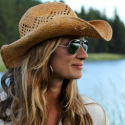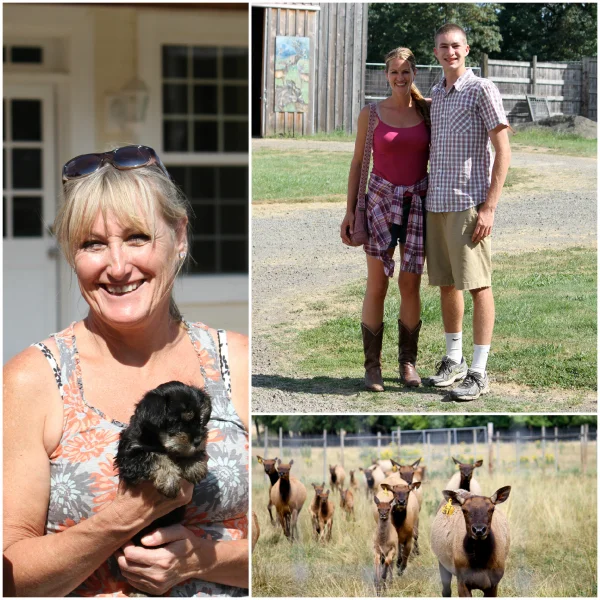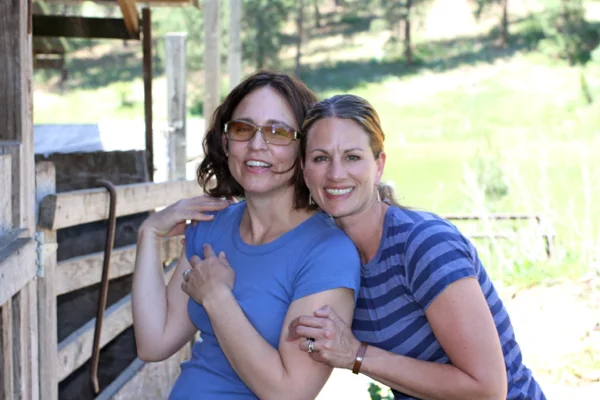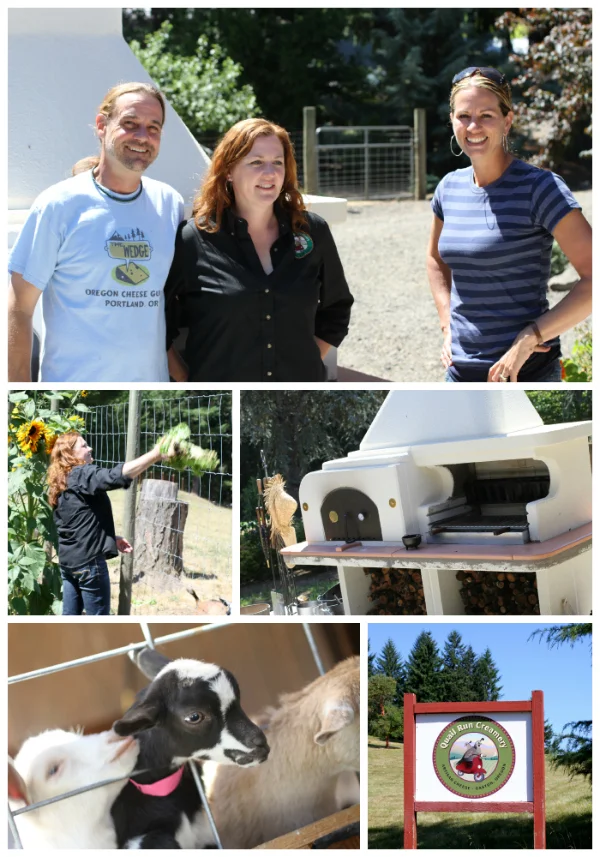Rosse Posse Elk Farm (Molalla, Oregon)
By the end of my visit*, I had been invited to attend an Elk Calling Class. This roughly translates to: come to the Elk Ranch for a weekend (August 2-4 in case you are interested) of Elk Calling, Archery, BBQ and an Elk Ranch Tour. Bring your tent and good humor. It was an honor to be invited, and though I cannot go this year... perhaps next?
Truth be told: I want to learn archery. It is my goal to learn to shoot a compound bow this year.
You should know that Brenda [of Rosse Posse Elk Ranch] is bonafide kick-ass. I am just saying. I'd want her on my survival team. Former military and passionate elk rancher, Brenda is no stranger to hunting bear and elk---and lobbying the state to protect her ranch. She is an expert on elk racks, breeding and history.
I had the distinct pleasure of visiting ranches and farms on the Molalla Farm Loop just south and southeast of Portland, Oregon. Fortunately for me, that included meeting Brenda, and learning all about elk racks, ranching and rotating herds. At Rosse Posse they raise elk for breeding and meat (naturally, I bought a small share of elk meat), breed miniature schnauzers and offer tours for schools, individuals and veterinary schools. Rosse Posse Elk Ranch has about 70 head of elk on 52 acres.
My son Anthony and I, along with Annie of Mt. Hood Territory, met elk, adorable puppies and learned a few elk rack facts:
- Elks grow antlers each year. As they grow, antlers are 'live' and pliable and called 'Velvet'.
- Elk Velvet Antler is one of the fastest growing animal parts known to man. It can grow at a rate of an inch+ each day.
- The "Velvet Antler" begins growing in March and reaches full growth by early August, it then begins to calcify into hard antler.
- While elk racks are growing they have blood flowing through them and are tender/sensitive.
- Elks are very, very protective of their racks as they are growing - they can feel pain/pressure through their racks
- When racks are finished growing, they calcify, then the elks rub to remove the final velvet coating.
- Once the velvet coating is off, it is an indicator that their racks are hardened off (no blood flowing, no longer sensitive to the touch aka: this is when elks will lock antlers and become aggressive).
- Removing elks racks once they are hardened is like cutting hair - there is no longer feeling in the racks.
- Elk's racks are a barometer for an elk's health, personality and genetics.
*My Mollala Farm Loop trip (July 14 - 17) was sponsored by Mt Hood Territory Tourism. They shared this Oregon territory with me so that I could share it with you; my opinions, conversations and wow factor are all my own.











